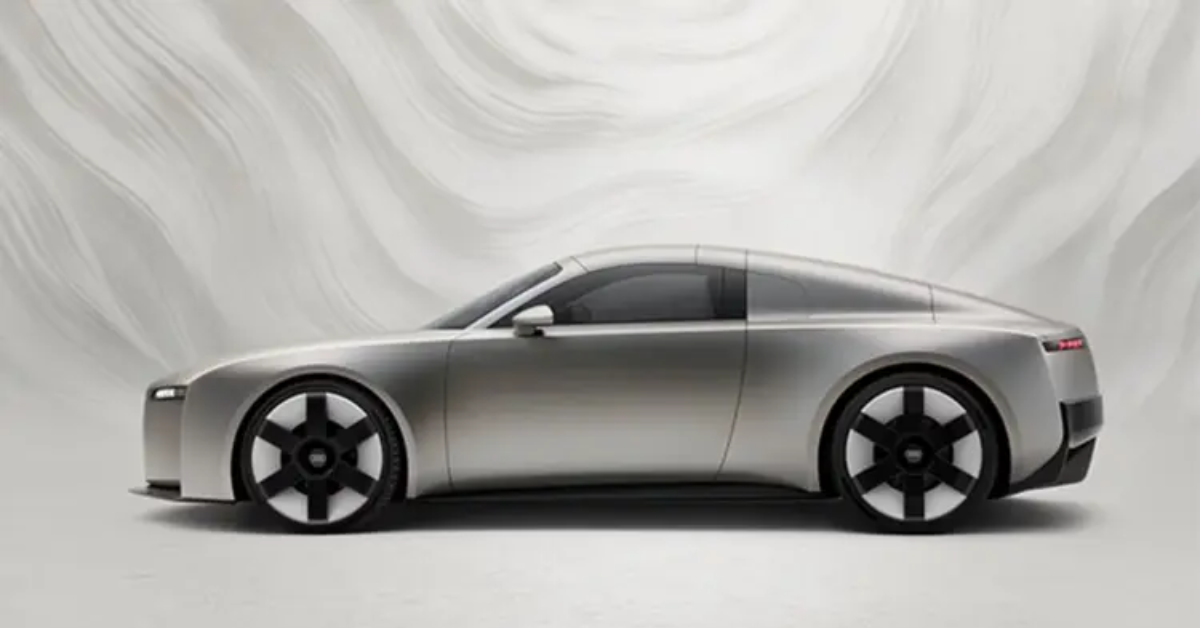The Audi TT has long been a symbol of style, performance, and cutting-edge technology in the world of premium sports cars. Since its debut in 1998, the TT has carved a niche for itself as a compact yet luxurious coupe, admired for its timeless design and thrilling drive dynamics. Now, Audi is preparing to take this legacy into the future with the much-anticipated Audi TT successor, previewed ahead of its global premiere.
This new model is more than just a replacement — it’s a reimagination of what a modern sports car should be, blending sustainability, performance, and futuristic design. Let’s dive into what makes this upcoming launch so exciting for enthusiasts and luxury car buyers worldwide.
A Legacy That Demands Reinvention
For nearly 25 years, the Audi TT has been synonymous with sleek curves, driver-focused cabins, and exhilarating performance. However, the automotive industry is undergoing a radical transformation, with electrification, digitalization, and sustainability at the forefront. Audi, being a pioneer in premium mobility, has chosen this moment to reinvent the TT brand.
The successor will not only pay homage to the TT’s heritage but will also carry forward Audi’s bold strategy of becoming a fully electric brand by 2033. This makes the new model more than just a car — it’s a statement of intent.
Exterior Design: Futuristic Yet Familiar
Based on the teasers and preview images, the TT successor reflects Audi’s latest design philosophy. Expect sharp, aerodynamic lines, aggressive stance, and a sportier road presence compared to its predecessor.
- Front Fascia: A redefined hexagonal single-frame grille with sleeker LED matrix headlights.
- Profile: Sculpted body panels with coupe-like proportions, retaining the sporty compact silhouette that made the TT iconic.
- Rear Design: Bold LED light bar running across the tailgate, emphasizing modernity while adding a wider visual appeal.
While the original TT was known for its rounded edges, the successor leans more toward angular modernism, aligning it with Audi’s recent EV portfolio like the e-tron GT and Q4 e-tron.
Interior Upgrades: Tech Meets Luxury
Audi has always been ahead in cabin design, and the new TT successor is expected to set new benchmarks.
- Digital Cockpit 2.0: A fully digital driver display with AI-driven customization.
- Augmented Reality HUD: Key driving data projected directly on the windshield.
- Premium Materials: Sustainable yet luxurious upholstery options including recycled microfibers and eco-leather.
- Immersive Infotainment: A larger central touchscreen with haptic feedback and next-gen MMI (Multi Media Interface) system.
The interior will focus on blending driver-centric ergonomics with connected luxury, ensuring it feels like a cockpit built for the future.
Powertrain: The Big Transition
One of the most talked-about aspects of the Audi TT successor is its shift towards electrification. While Audi has not officially confirmed whether it will be fully electric or plug-in hybrid at launch, strong indications suggest an all-electric coupe is likely.
- Platform: Expected to use Audi’s PPE (Premium Platform Electric), shared with Porsche Macan EV.
- Performance: Dual-motor setup delivering Quattro all-wheel-drive capabilities.
- Battery Range: Estimated 500 km (WLTP cycle), making it practical for long drives.
- Acceleration: 0–100 km/h in under 4 seconds, retaining its sporty DNA.
By moving into electrification, Audi ensures that the successor does not just replace the TT, but future-proofs the model for the next decade.
Driving Dynamics: Sportiness Redefined
The TT has always been celebrated for its nimble handling and thrilling road presence. The successor will elevate this with:
- Adaptive Suspension: AI-driven predictive adjustments for ride comfort and performance.
- Lightweight Construction: Use of aluminum and carbon fiber composites to enhance agility.
- Drive Modes: Eco, Comfort, Dynamic, and Track-inspired settings for different moods.
This ensures that while the TT evolves into a modern EV, it does not lose its sportscar soul.
Market Positioning and Competition
The Audi TT successor will compete with upcoming electric sports cars from luxury automakers such as Porsche, BMW, and Mercedes-Benz. Likely rivals include:
- Porsche 718 EV (upcoming electric version)
- BMW i4 M50 (performance-focused electric sedan/coupe)
- Mercedes-AMG EQE Coupe
Audi will aim to strike a balance between luxury and performance, offering a package that is exciting yet accessible compared to ultra-high-end models.
Expected Launch Timeline
The official global premiere of the Audi TT successor is just around the corner. Market reports suggest it will debut later this year, with deliveries beginning in 2025. Europe will likely be the first market, followed by North America and Asia.
Given Audi’s focus on India as a growth market, the TT successor could also make its way to Indian shores in limited numbers, catering to enthusiasts who want a futuristic yet sporty luxury car.
Why This Launch Matters
The Audi TT successor is not just another model — it’s a symbol of transition. It represents Audi’s ability to merge:
- Heritage with innovation
- Performance with sustainability
- Luxury with technology
For loyal Audi fans, it’s an emotional moment as the beloved TT evolves into something new. For future car buyers, it’s a glimpse of how premium sports cars will look and feel in the era of electrification.
Conclusion
With the preview of the Audi TT successor, Audi has sent a strong message — the future of sports cars will be electric, intelligent, and luxurious, without losing the thrill of driving. By blending heritage with cutting-edge innovation, Audi is setting the stage for a model that could redefine its segment.
As we await its global premiere, one thing is certain: the Audi TT successor is poised to become not just a replacement, but an icon for a new generation of automotive enthusiasts.
